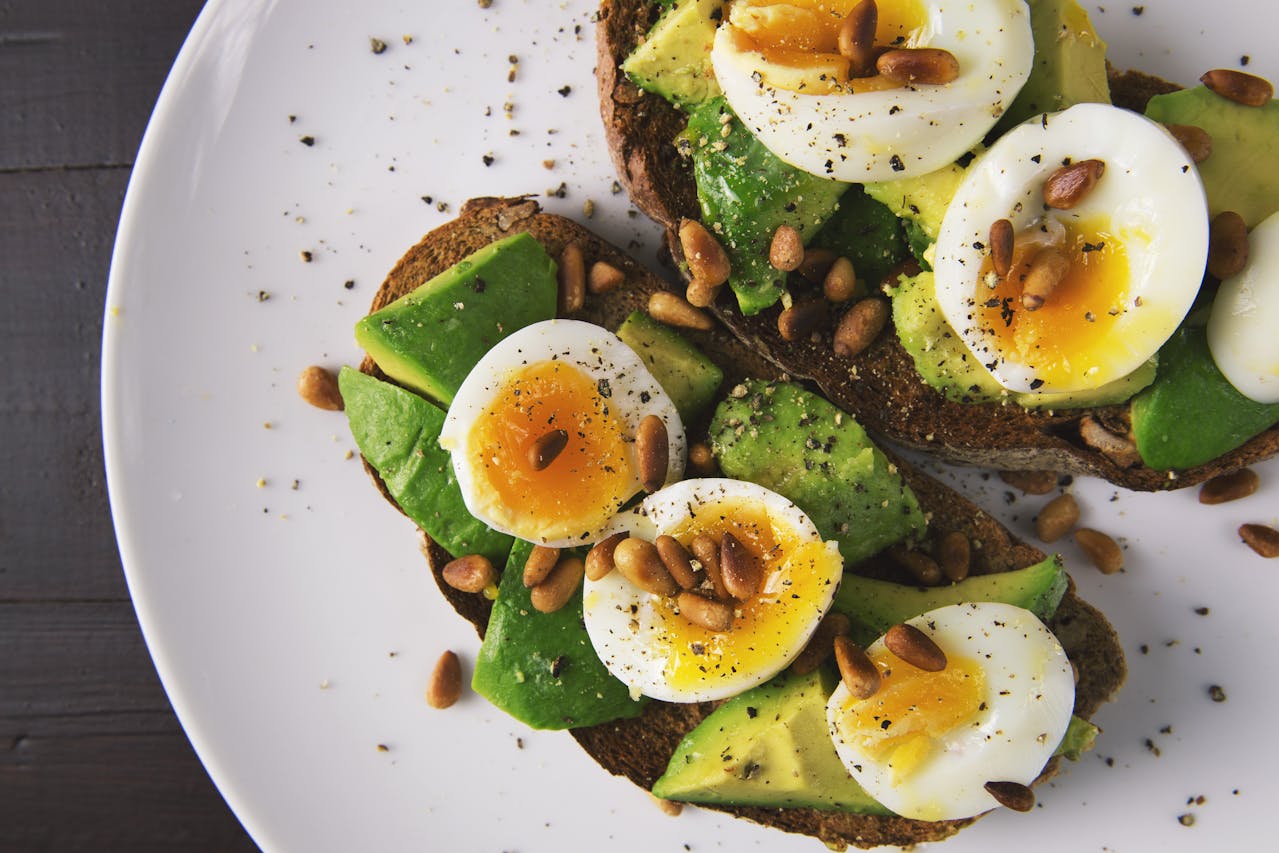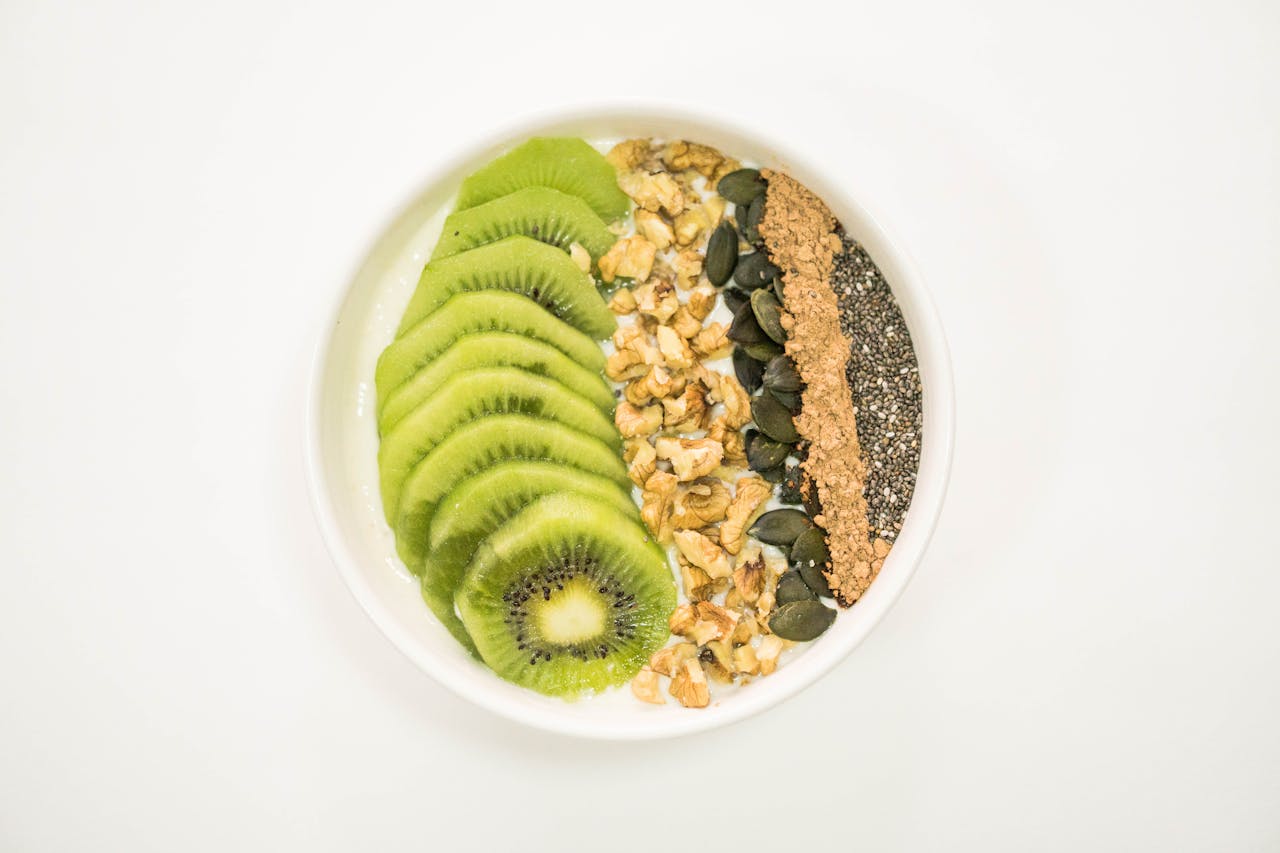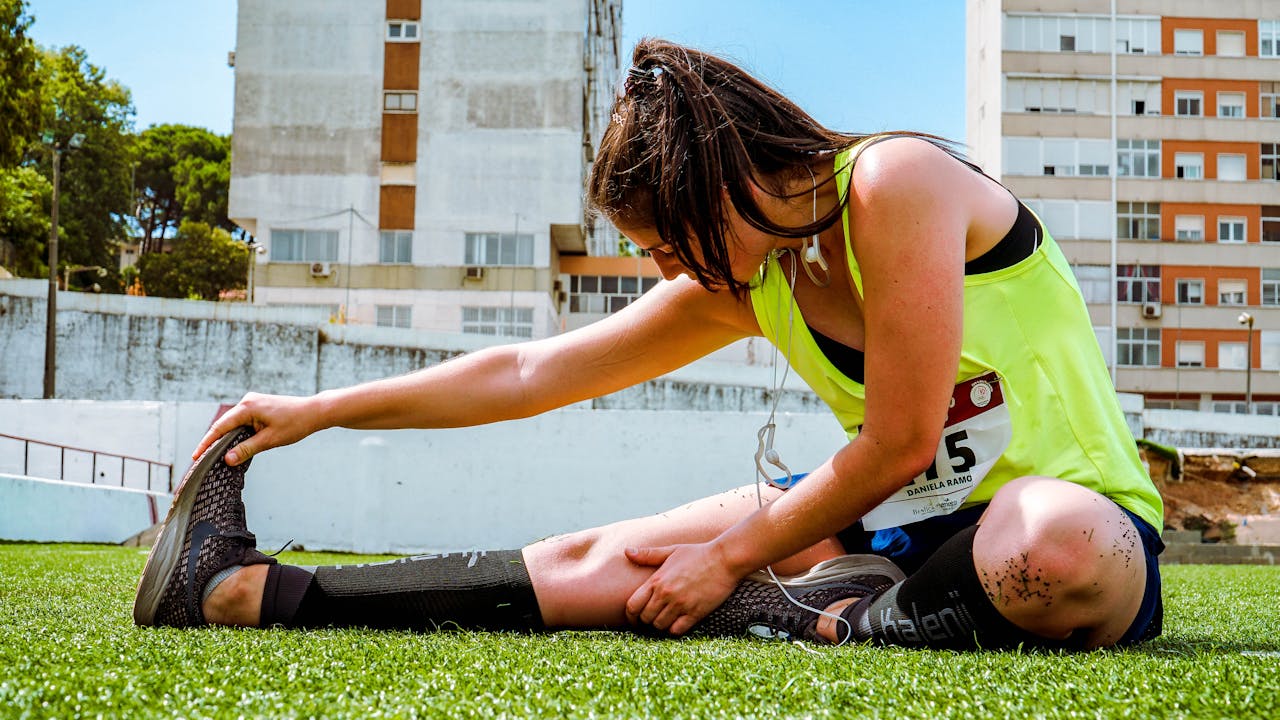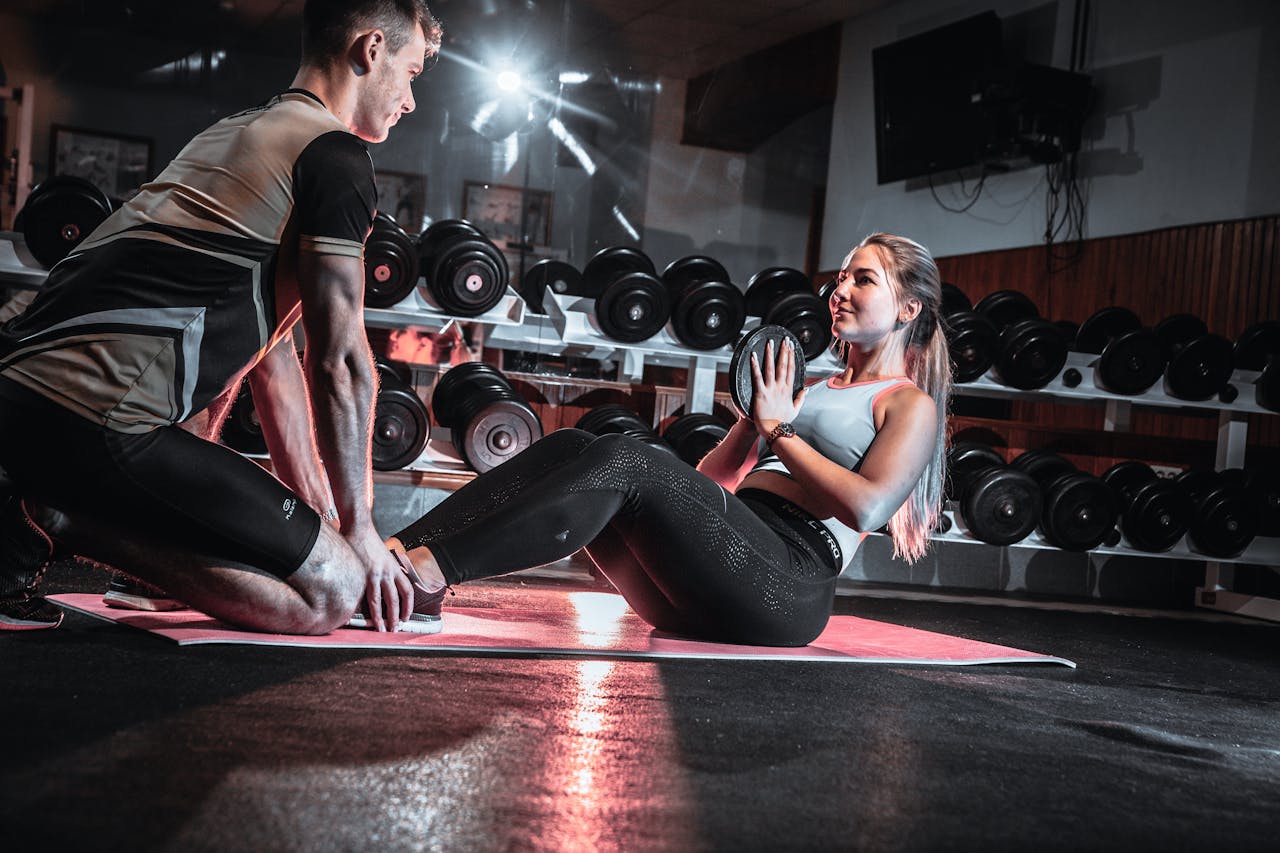Protein is often called the building block of life, and for good reason! It’s essential for our bodies to function properly. Whether you’re a busy student, a working professional, or a stay-at-home parent, protein plays a vital role in keeping you energized and healthy. It helps build muscles, repair tissues and even supports your immune system. If you’re looking to maintain a healthy weight or lose a few pounds, adding more protein to your diet can help you feel full longer, which means fewer cravings for unhealthy snacks. In India, where the diet is rich in carbohydrates, many people overlook the importance of protein. But with so many delicious high-protein foods available, it’s easier than ever to boost your intake without sacrificing flavor.
How Much Protein Do You Really Need?
The amount of protein you need can vary based on several factors, including your age, sex, and level of physical activity. As a general guideline, the Recommended Dietary Allowance (RDA) suggests that adults should aim for about 0.8 grams of protein per kilogram of body weight. For example, if you weigh 70 kg, you would need around 56 grams of protein each day. If you’re active or trying to build muscle, you might need more—up to 1.2 to 2.0 grams per kilogram. For instance, athletes often aim for higher protein intake to support their training.
Best High-Protein Indian Foods (Vegetarian and Non-Vegetarian)
In India, we are fortunate to have a variety of high-protein foods. Here are some great options to include in your diet:
Vegetarian Sources:
- Lentils (Dal): A staple in Indian cuisine, lentils are packed with protein and fiber. Just one cup of cooked lentils can provide around 18 grams of protein.
- Chickpeas (Chana): Whether you enjoy them as a curry or roasted as a snack, chickpeas offer about 15 grams of protein per cup when cooked.
- Greek Yogurt: Not only is it a tasty snack, but a serving of Greek yogurt can have up to 20 grams of protein.
- Paneer: This versatile cheese is high in protein—about 28 grams per 100 grams—and can be used in various dishes.
- Quinoa: Known as a superfood, quinoa is a complete protein source with about 8 grams per cup cooked.
Non-Vegetarian Sources:
- Chicken: Skinless chicken breast is a popular choice, with about 31 grams of protein per 100 grams.
- Fish: Rich in omega-3 fatty acids, fish like salmon and mackerel not only provide protein (around 20-25 grams per 100 grams) but also promote heart health.
- Eggs: One large egg contains about 6 grams of high-quality protein. They’re incredibly versatile for any meal.
- Lean Meat: Options like turkey or lean cuts of beef offer significant protein and can easily be incorporated into your meals.
Simple Indian Recipes Packed with Protein
Now that you know the best high-protein foods, here are some easy recipes to try:
- Lentil Soup (Dal Soup)
Ingredients:
- 1 cup lentils
- 1 onion, chopped
- 2 tomatoes, chopped
- Spices (turmeric, cumin, salt, and pepper)
- 4 cups water
Instructions:
- Rinse lentils and cook them with water, onion, and spices until soft.
- Add chopped tomatoes and let it simmer for 10 minutes.
- Blend for a smooth consistency, if desired, and serve hot.
- Chickpea Salad
Ingredients:
- 1 cup cooked chickpeas
- 1 cucumber, diced
- 1 tomato, diced
- Lemon juice, salt, and pepper to taste
Instructions:
- Combine all ingredients in a bowl.
- Drizzle with lemon juice, season, and toss well.
- Serve fresh for a protein-packed snack!
- Paneer Bhurji
Ingredients:
- 200 grams paneer, crumbled
- 1 onion, chopped
- 1 tomato, chopped
- Spices (coriander, cumin, chili powder)
Instructions:
- Sauté onions until golden, add tomatoes and spices, and cook until soft.
- Stir in crumbled paneer and cook for 5-7 minutes.
- Serve with whole wheat bread or chapati.
How to Add More Protein to Your Everyday Meals
Incorporating more protein into your diet doesn’t have to be complicated. Here are some simple tips:
- Start Your Day with Protein: Consider a protein-rich breakfast like an egg omelet or Greek yogurt with fruits.
- Snack Smart: Choose snacks that are high in protein, such as nuts, seeds, or a protein bar, instead of chips or cookies.
- Mix It Up: Add lentils or chickpeas to salads, soups, or rice dishes for an extra protein boost.
- Cook with Protein in Mind: When preparing meals, think about how you can add a protein source, whether it’s adding paneer to a vegetable curry or including chicken in your stir-fry.
- Stay Consistent: Make it a habit to include a protein source in every meal. Over time, this will help you meet your daily protein goals without feeling deprived.
Common Myths About High-Protein Diets Busted
There are several myths surrounding high-protein diets that can discourage people from making healthy choices:
- Myth 1: High-Protein Diets Are Only for Bodybuilders
- Fact: While athletes may require more protein, everyone can benefit from a higher protein intake to support their overall health.
- Myth 2: Eating Too Much Protein Is Bad for Your Kidneys
- Fact: For healthy individuals, a high-protein diet won’t harm the kidneys. However, those with pre-existing kidney conditions should consult a doctor.
- Myth 3: You Can Only Get Protein from Meat
- Fact: Many plant-based foods are rich in protein, making it easy for vegetarians and vegans to meet their protein needs.
Conclusion: Make Protein a Part of Your Daily Diet
Adopting a high-protein diet can significantly improve your overall health, energy levels, and muscle strength. By incorporating a variety of high-protein foods into your meals, you can enjoy delicious and nutritious dishes while reaping the benefits. Remember, it’s not just about consuming protein; it’s about balancing your diet with whole foods and maintaining a healthy lifestyle. So, make protein a part of your daily meals, and watch how it helps you feel strong and energized!
By choosing a mix of vegetarian and non-vegetarian sources, experimenting with simple recipes, and busting common myths, you can confidently navigate your journey to better health. Embrace the power of protein today!








Leave a Reply